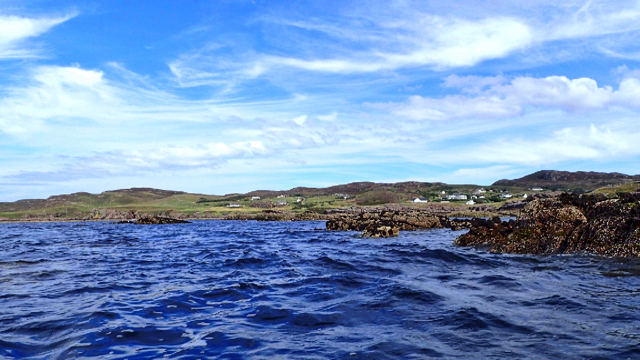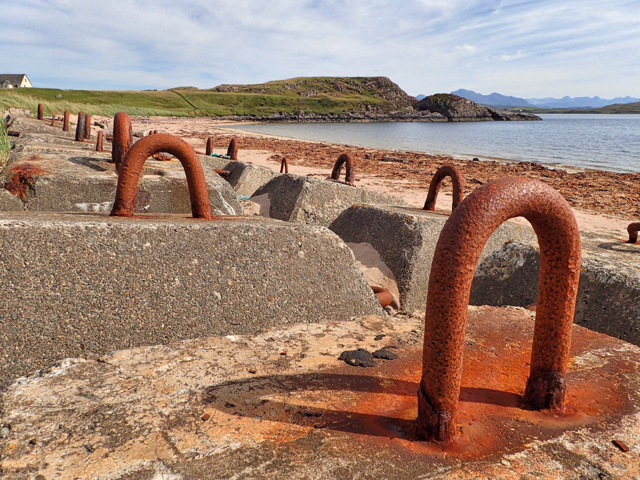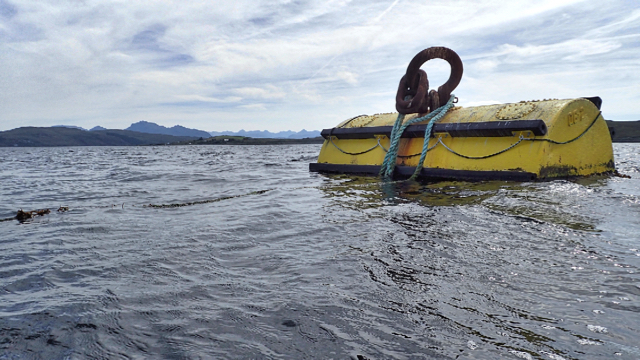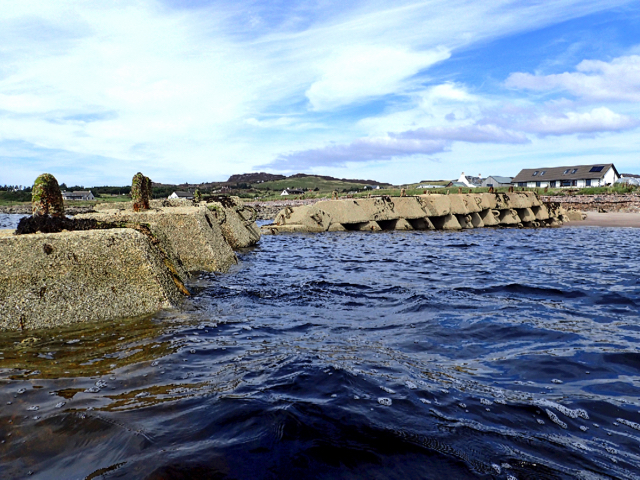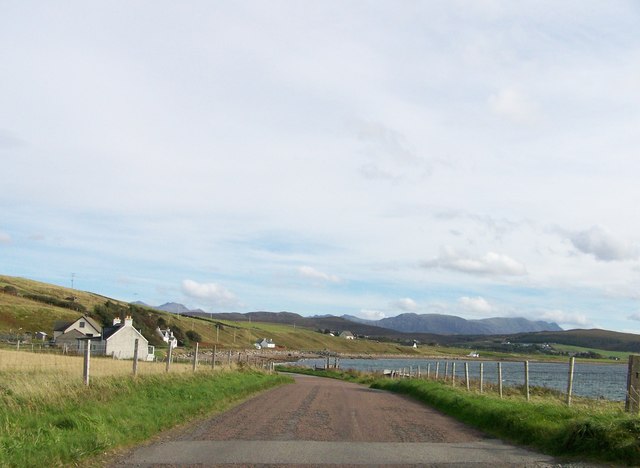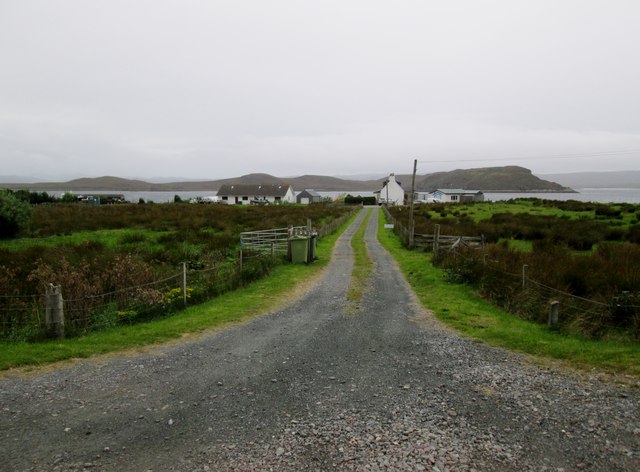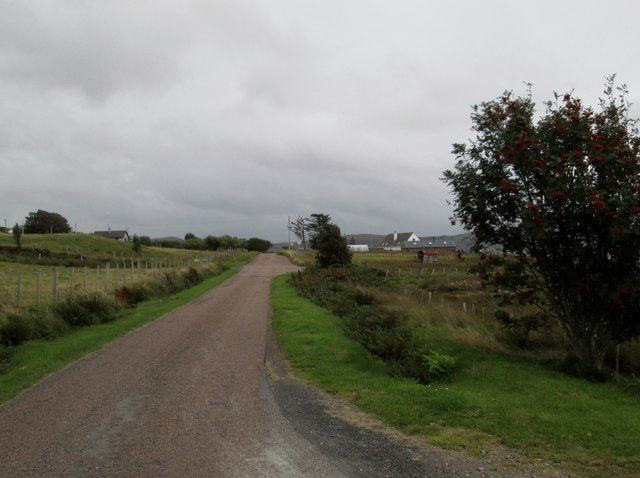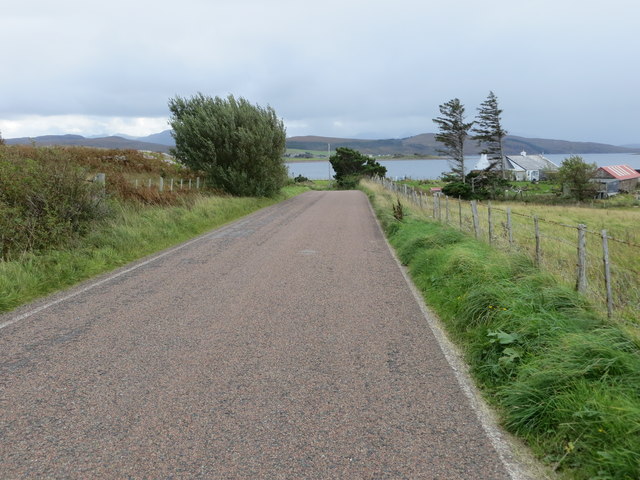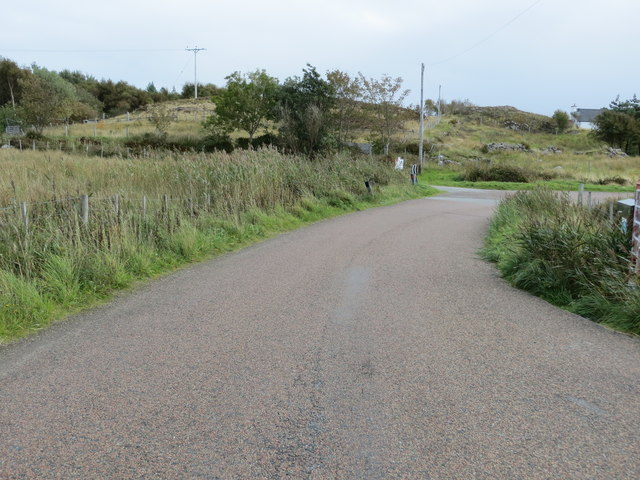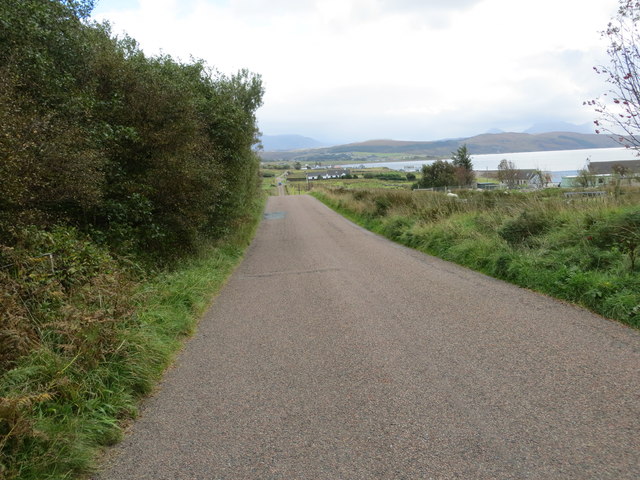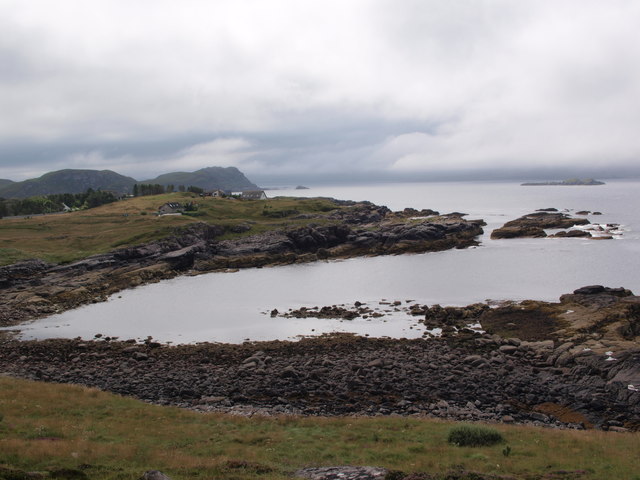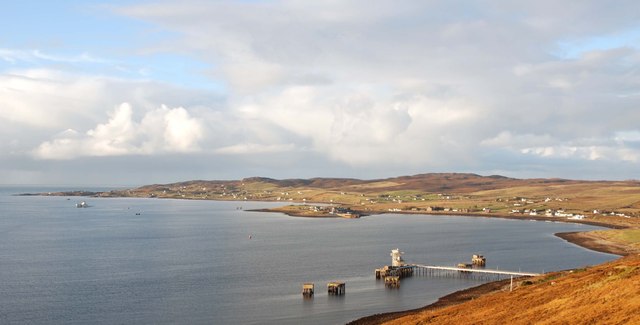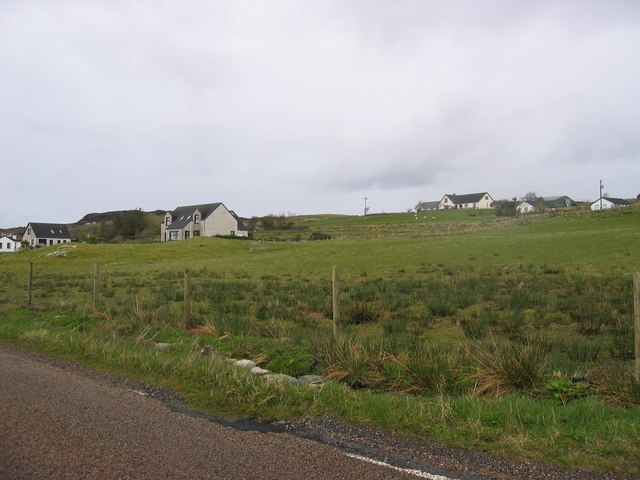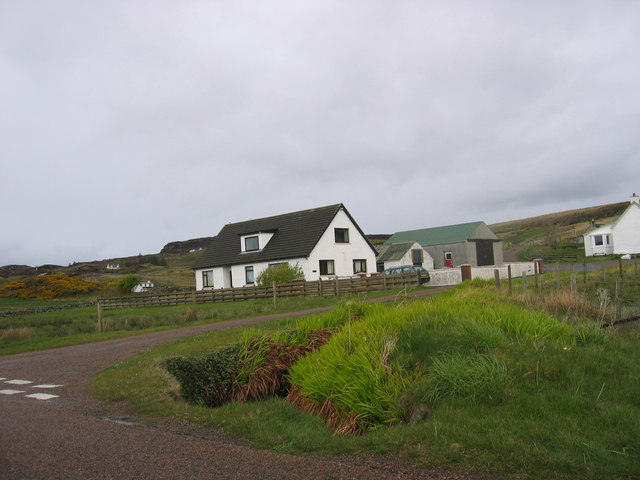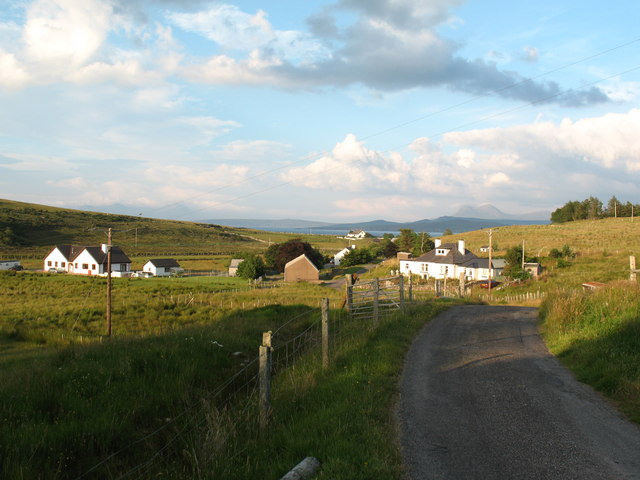Uamhag na Creige-streap
Bay in Ross-shire
Scotland
Uamhag na Creige-streap
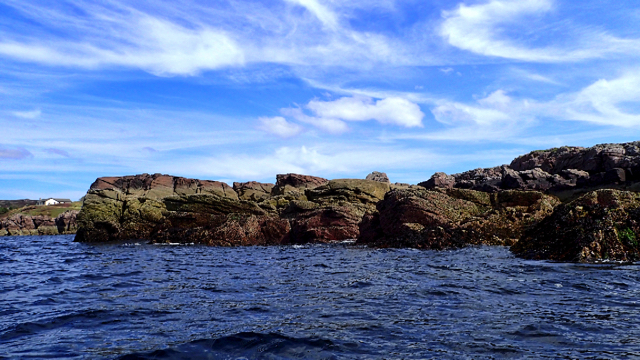
Uamhag na Creige-streap, located in Ross-shire, Scotland, is a picturesque bay renowned for its stunning natural beauty. Nestled between rugged cliffs and rolling hills, this bay offers breathtaking views of the surrounding landscape.
The bay itself provides a tranquil and secluded setting, with calm waters gently lapping against the rocky shoreline. Its remote location makes it an ideal spot for those seeking a peaceful getaway or a place to unwind and connect with nature.
The bay is adorned with an abundance of lush vegetation, including various species of wildflowers, grasses, and shrubs. The vibrant colors of the flora create a vibrant contrast against the backdrop of the deep blue sea and the dramatic cliffs.
Uamhag na Creige-streap is also home to a diverse array of wildlife. Seals are often spotted lounging on the rocks, and seabirds soar above the bay, adding to its natural charm. The bay's clear waters attract marine life, making it a popular spot for snorkeling and diving enthusiasts.
Visitors to Uamhag na Creige-streap can partake in a range of activities, from leisurely walks along the shore to more adventurous pursuits such as rock climbing or kayaking. The bay's unique geological features, including caves and crevices, offer opportunities for exploration and discovery.
Overall, Uamhag na Creige-streap is a hidden gem in Ross-shire, offering a serene and unspoiled coastal experience. Its untouched beauty and rich biodiversity make it a must-visit destination for nature lovers and outdoor enthusiasts alike.
If you have any feedback on the listing, please let us know in the comments section below.
Uamhag na Creige-streap Images
Images are sourced within 2km of 57.844671/-5.6396199 or Grid Reference NG8489. Thanks to Geograph Open Source API. All images are credited.
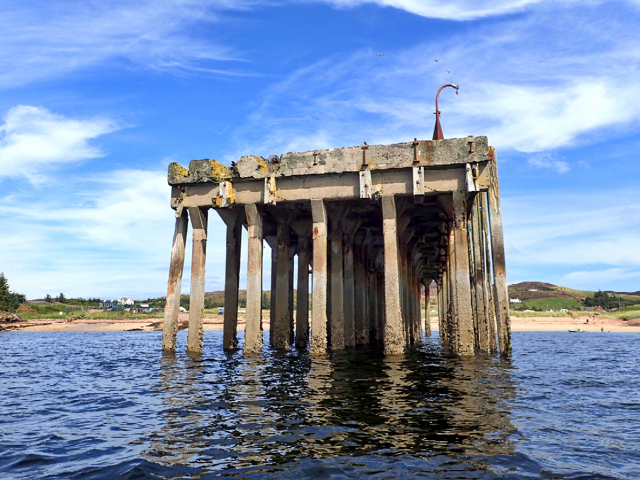
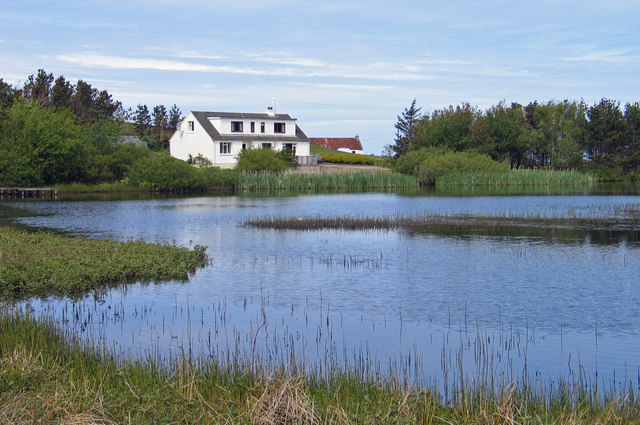
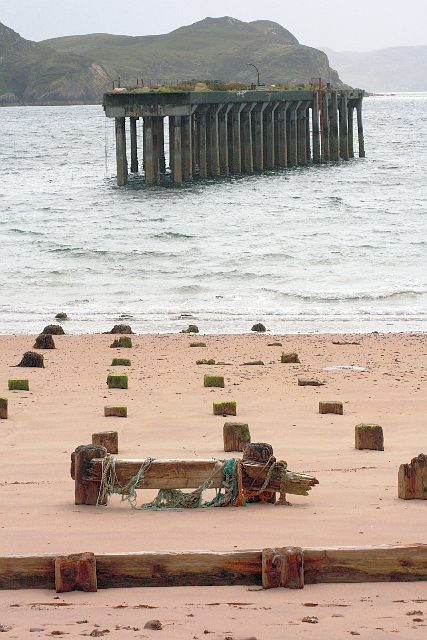
Uamhag na Creige-streap is located at Grid Ref: NG8489 (Lat: 57.844671, Lng: -5.6396199)
Unitary Authority: Highland
Police Authority: Highlands and Islands
What 3 Words
///sketching.reader.diamond. Near Gairloch, Highland
Related Wikis
Nearby Amenities
Located within 500m of 57.844671,-5.6396199Have you been to Uamhag na Creige-streap?
Leave your review of Uamhag na Creige-streap below (or comments, questions and feedback).
